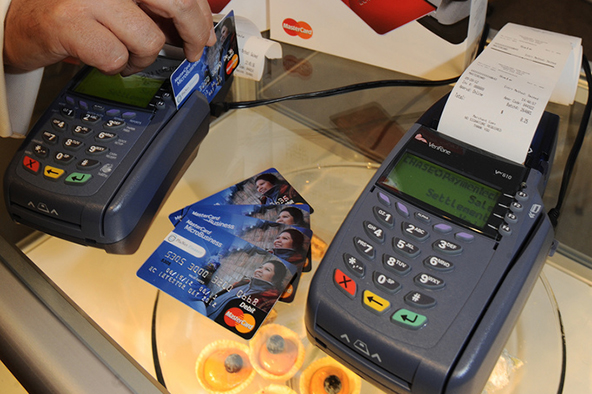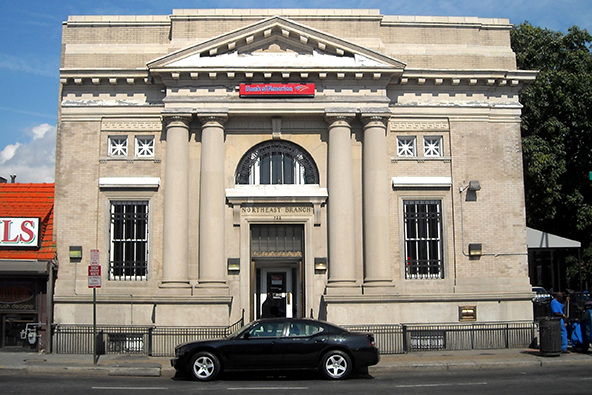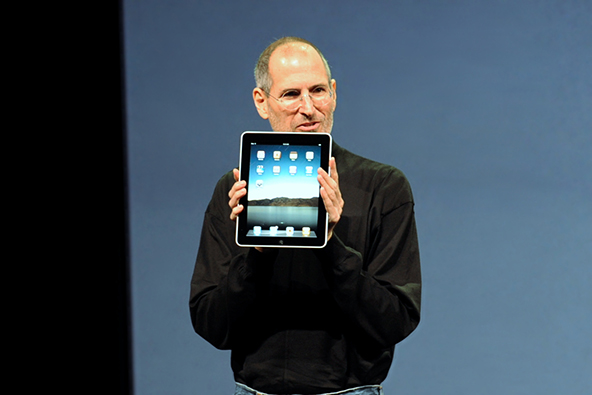Credit Card Debt Continues to Fall, Student Loans Go the Other Way

Americans shed $1.3 billion of debt in June, according to the latest Federal Reserve Statistical Release, a drop of 0.7 percent at an annual rate. The fall was even bigger in the revolving debt category, mostly comprised of credit card debt, dropping $4.5 billion, or 6.5 percent, to $826.48 billion. The June fall in revolving debt marked the 21st straight month of decline, which began in October 2008. In September 2008, the last month it rose, revolving debt stood at $975.7 billion. Since then U.S. consumers have reduced their outstanding credit card balances by $149.2 billion, or 15.29 percent.
The WSJ tells us, however, that student loan debt is going the other way and has now surpassed credit card debt by volume. Here are some data from the WSJ:
Student loans outstanding today – both federal and private – total some $829.785 billion, according to Mark Kantrowitz, publisher of FinAid.org and FastWeb.com.
…
By his math, there is $605.6 billion in federal student loans outstanding and $167.8 billion in private student loans outstanding. He estimates that $300 billion in federal student loan debts have been incurred in the last four years.
So what do we learn from these numbers? Well, not much that we don’t already know. Since the Great Recession began a couple of years ago, scared consumers have been cutting back on their spending and paying down debt, while nervously watching the jobless rate rise inexorably. Credit card companies provided an additional incentive for reducing outstanding credit card balances, in the form of rising credit card interest rates. Many issuers also increased minimum monthly payment requirements.
The reason why consumers prefer paying down credit card debt, rather than student loans is fairly obvious: credit card interest rates tend to be higher. Moreover, the cost of college tuition is also rising, driving student debt volumes further up. The cost of tuition at a public four-year university was $7,020 in 2009 (up 6.2 percent from 2008, when it was?á$6,585), according to CollegeBoard.com, while the cost of a four-year private school in 2009 went up 4.3 percent from 2008 – to $26,273 from $25,143.
The gap between student and credit card debt will probably keep growing bigger until consumer confidence starts improving. This is not necessarily a bad thing, considering the interest rate differential. The average interest rates on new credit card offers last week was 14.37 percent, according to a report by CreditCards.com. On the other hand, the interest rate on the Stafford Loan for new student loans first disbursed on or after July 1, 2006 is a fixed rate of 6.8 percent, according to FinAid.org.


